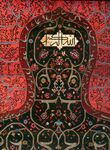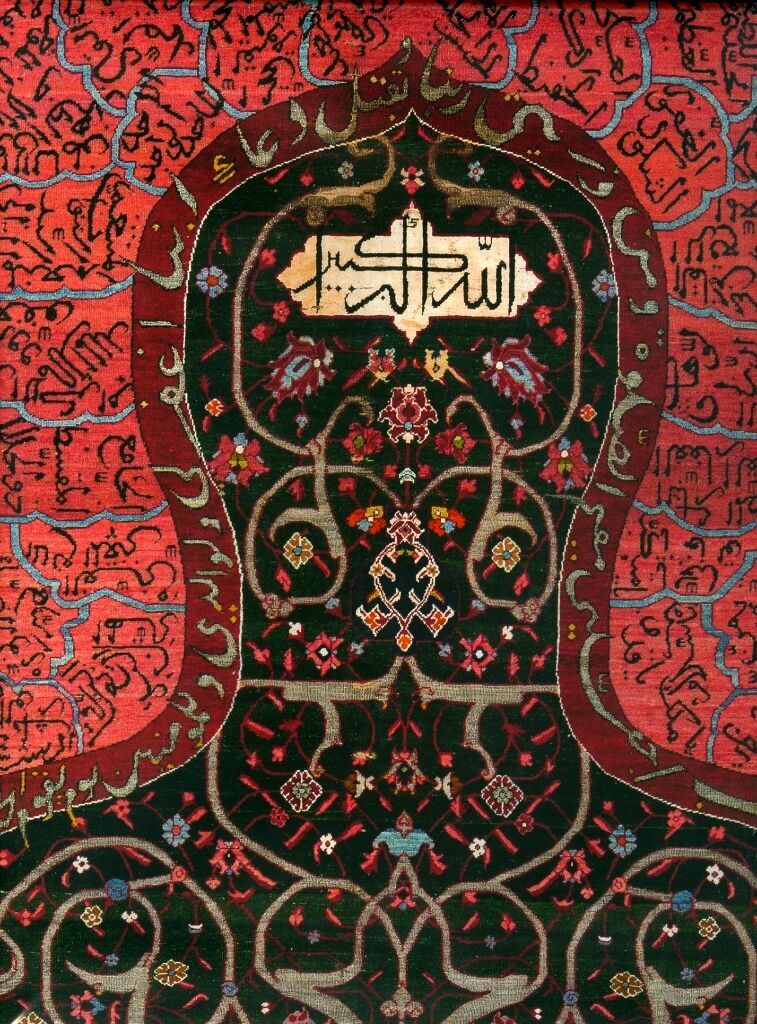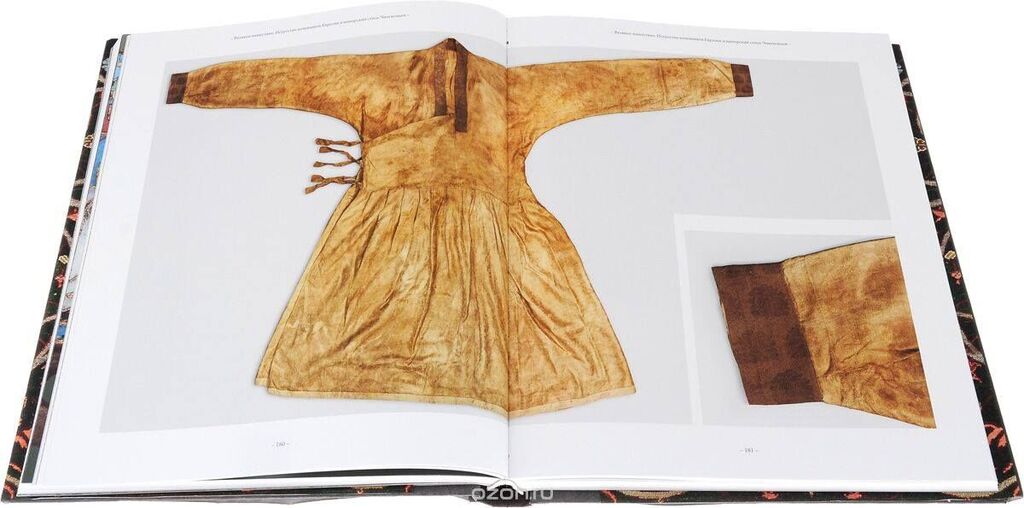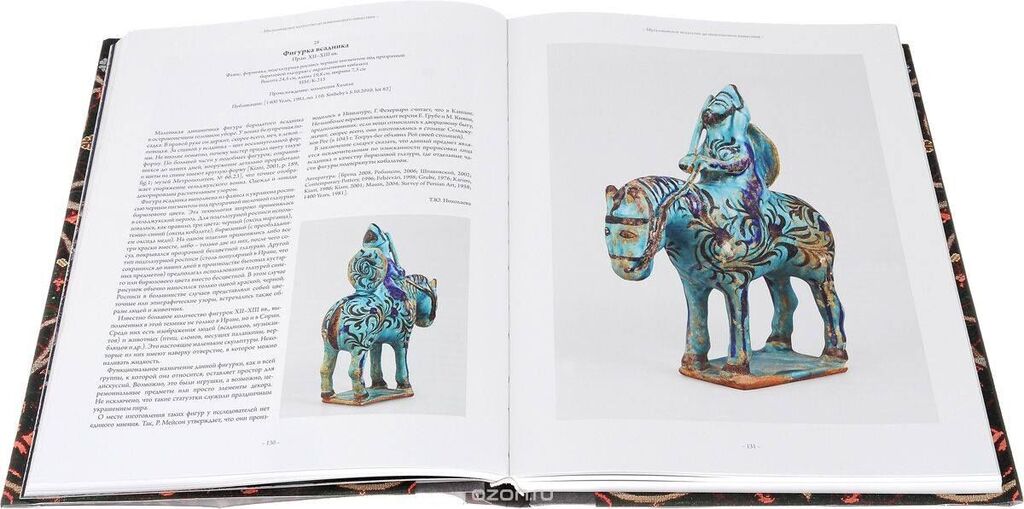



Classical art of Islamic world from IX to XIX centuries. Ninety-nine names of God
Ninety-nine masterpieces from the collection of the Mardjani foundation cover a period of more than one thousand years – from late 9th to early 20th century.
The first section includes works of art from the traditional parts of the Islamic world such as North Africa, Syria, Iraq, Iran, Mawarannahr and Minor Asia, produced by artists of Arab, Persian and Turkic origin.
The second section correlates to a much wider geographical area, from China to the steppes of the Eastern Europe, with the art of the Mongol empire unified throughout this vast territory.
The third section encompasses artworks of the court ateliers of the later Muslim dynasties, such as Mamluks, Ottomans, Timurids, Shaybanids, Safavids and Qajars. Objects which gained world fame for Muslim art – manuscripts, miniatures and textiles – are widely represented here.
Masterpieces of world significance were selected for this show. Among them, there are unique exhibits which have never been on display before,
 Mardjani Foundation
Mardjani Foundation


